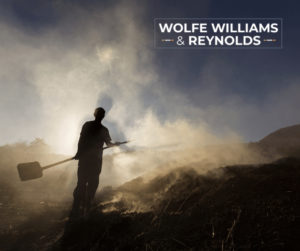
The breathing in of silica dust – also referred to as quartz – has resulted in countless diagnoses of black lung. For those coalminers in Central Appalachia who have plied their trade 25 years or more, twenty percent of them suffer from the deadly disease.
Dust is not the only danger that coalminers face. Regulations that are supposed to protect these hard-working individuals are, at best weak, and, at worst, dangerous, exposing workers to twice the amount of recommended silica dust.
How much is too much silica exposure?
Current parameters that dictate the number of silica dust micrograms per cubic meter of air are up to 100, in spite of protests by the National Institute for Occupational Safety and Health and the Department of Labor’s Office of Inspector General. Both of these entities recommend a reduction of fifty percent per cubic meter. The American Conference of Governmental Industrial Hygienists established a much lower mark for silica exposure at 25 micrograms.
Additional data from Appalachian Voices details additional hazards that has created a recent spike in black lung diagnoses:
- In one out of every 18 shifts, miners suffer exposure to so-called “legal levels” of silica.
- Nearly eight percent of silica samples gathered by Mine Safety and Health Administration (MSHA) since 2014 were far over the 50 microgram/cubic meter limit recommended by OSHA and the Inspector General.
- Almost two percent of those samples exceeded the “recommended” 100 micrograms.
Lack of clarity and enforcement
Enforcement efforts present challenges as well. Silica levels are often included in a larger respirable dust category, making it difficult to determine the exact levels that exist in coal mines. Yet, even the lowest amounts of dust can still include dangerous levels of silica.
In addition to the current silica exposure limit being too high, any type of parameter is difficult to enforce. Rather than directly requiring mines with unacceptably high silica levels to reduce those levels, current MSHA enforcement methods address silica only as a percentage of all respirable dust in a mine.
In spite of the continued lobbying by the United Mine Workers of America, Appalachian Citizens’ Law Center, and other organizations, miners continue to be exposed to high levels of silica. As days, weeks, months, and years go by under current standards, the greater the chance of those who work in coal mines day after day will be diagnosed with a deadly disease.

